Where they differ is how they’re cooked – which is because of their size.
- Prime rib is a roast.
- Ribeye is a steak.
The former is slow cooked and the latter can be seared hot and fast – both methods create different flavors.
Prime rib is also far more meat and will always cost more.
They’re the Same Cut of Meat and Come From the Same Place on a Cow
A ribeye steak is typically 0.75 – 2 inches thick and can be bone-in or boneless.
A whole bone-in prime rib is the width of seven ribeyes and weighs anywhere from 14 to 22 lbs.
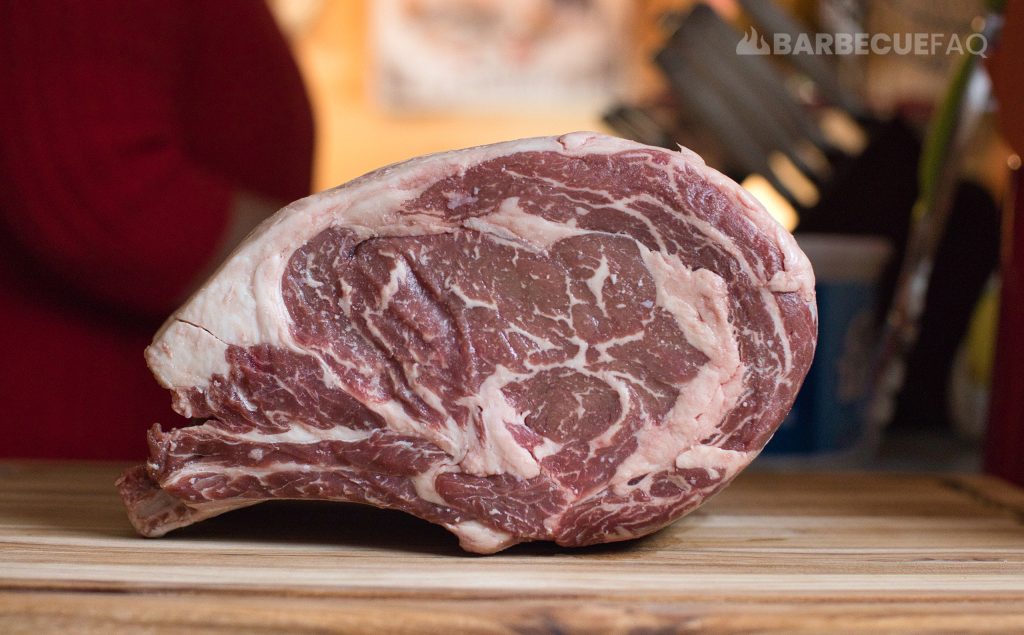
In terms of taste, you won’t find significant differences as they’re from the same part of a cow.
It’s called the “rib primal.”

BUT Anatomy Can Matter When Talking About BOTH Cuts
As you go from front to back on a cow – various muscles can be minimized and maximized.
There are 3 major muscles that make up a ribeye steak.
- Longissimus Dorsi – the “Eye”
- Spinalis Dorsi – the “Cap”
- Complexus
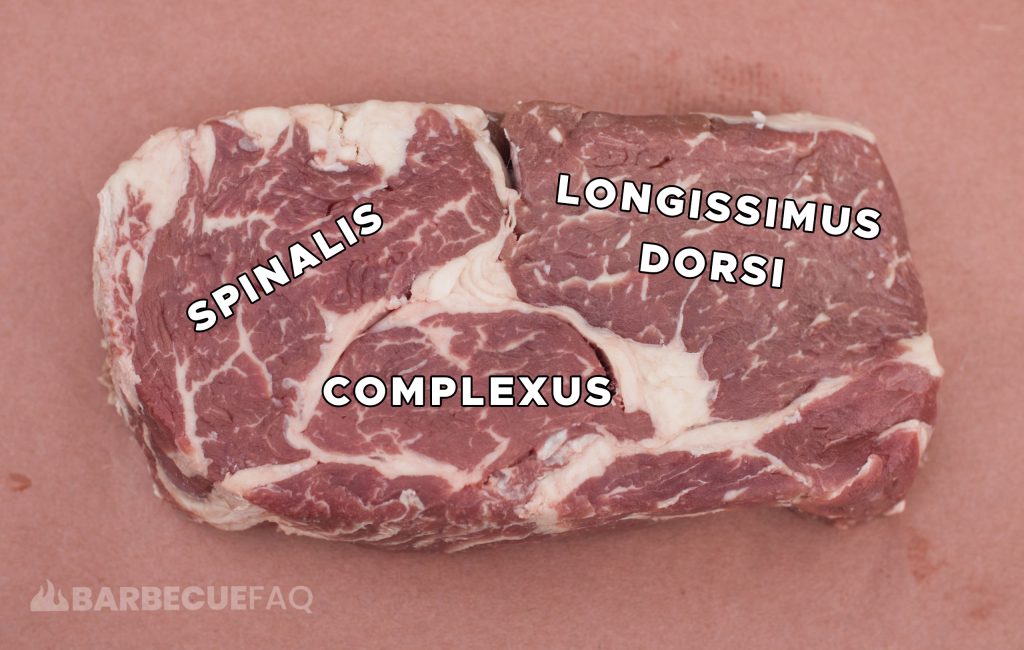
These muscles are held together by a tender sinew membrane and large swaths of fat.
A whole 7-bone roast (ribs 6-12) is a lot of meat and costs A LOT.
Due to this, Butchers will cut 2 roasts called either:
- 1st Cut
- 2nd Cut
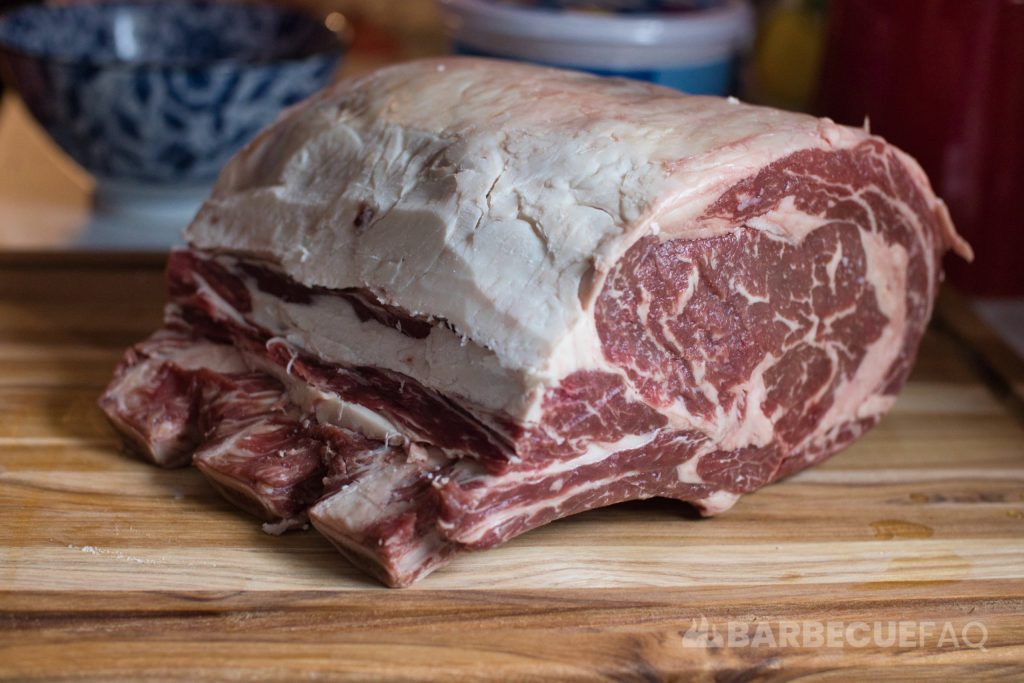
- First cut prime rib: Ribs 10 – 12; Contains a large “eye” but smaller ribeye cap. Contains no complexus.
- Second cut prime rib: Consists of ribs 6 – 8; Less uniform, contains more connective tissues, but more fat (flavor). Has a smaller eye but bigger cap.
For steak, you generally want meat from ribs 6-8 because you get more Ribeye cap – which is one of the best cuts on the whole cow.
BUT for something like prime rib, you want meat from 10-12 because the Eye is bigger.
Hence 1st and 2nd cut.
A Quick Rundown of Stereotypical Cooking Methods
Prime rib is either:
- Slow roasted first and then broiled or seared 2nd.
- Seared or broiled first and then slow roasted 2nd.
Either method works and can result in even doneness across the entire roast.
Ribeye steak is typically just seared over high heat because it’s thin.
BUT it can similarly be “reverse seared” to control internal temperature better.


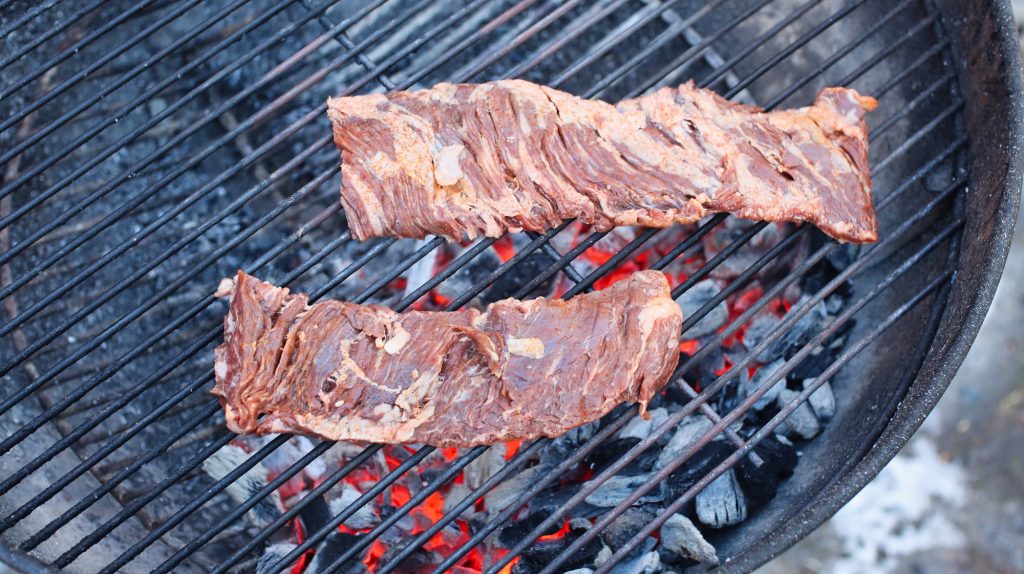
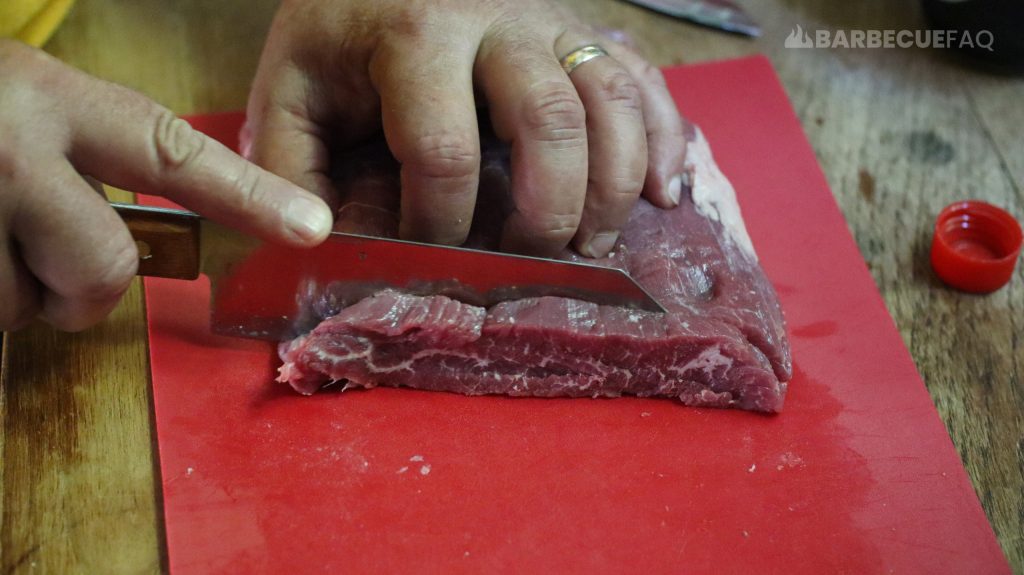
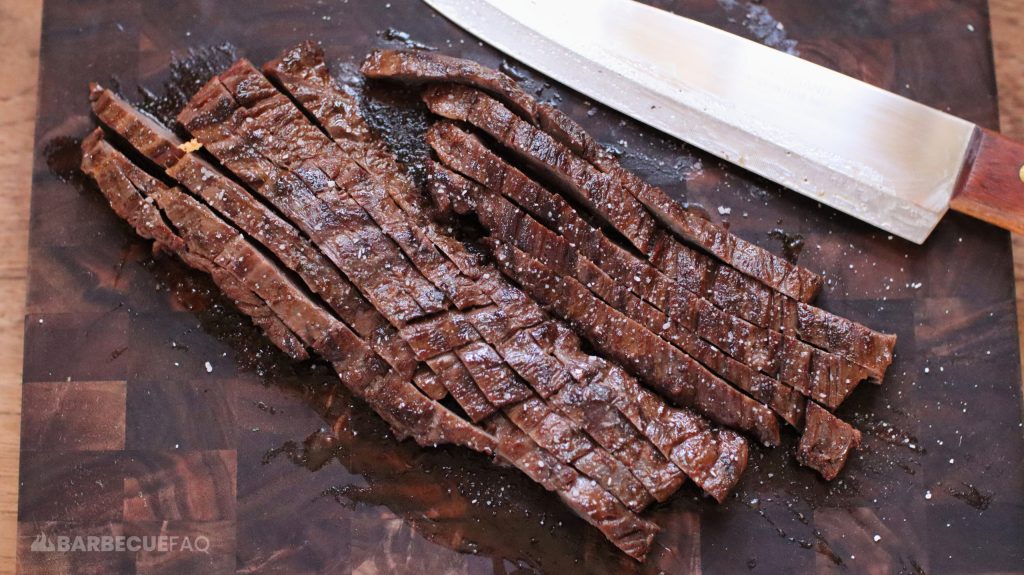
2 comments
John MacNaughton
One of the best beef spices I have ever found is Specially Selected Prime Rib, Steak & Roast Dry Rub 6.52oz, purchased previously from Aldi. I cannot find it now in anyone’s inventory. Do you know where I can get it or how to make it? It is an amazing creation. Thanks.
Dylan Clay
Hi John!
So I’ve never tried that seasoning and I don’t have an Aldi near me but the ingredients look simple enough.
To break these down:
“Spices” in rubs almost always means pepper and from looking at images online, there is definitely pepper granules; To me they look like a mix of 16 and 30 mesh (coarse and finer). But without having the bottle, I wouldn’t know which one to use.
—
Molasses you can buy online in granulated form – I buy mine from Spices Inc.
Molasses is hard to reverse because their label is estimated, they say 1g of carbs in 1 serving which would be 168g but the bottle weighs ~185g.
I also have no idea how “sweet” the rub tastes – granulated molasses is not very strong overall.
You’d have to split test this in a sample.
(A data point though – I weighed mine and it was 1.59 oz in 1/4 cup.
—
Sea salt is easy to reverse engineer because they give you the Sodium content on the bottle, the only thing to be wary of is the size of the granule, which I can’t see.
I weighed my sea salt and it’s 67.6g per 1/4 cup.
On the bottle we can see in 6.52 oz (technically 184g), there is 168 servings and 100 mg of sodium. Some math: 100 mg/serving * 168 servings = 16,800mg or 16.8g of sodium.
Sodium is roughly 39% of NaCl (Sodium chloride) by weight. So 16.8g/0.39 = ~ 43g of Sea Salt.
This is roughly 2.5 tbsp of sea salt.
—
Citric acid ranges in rubs from like 0.5-5% by volume.
I don’t know how “tangy” the rub is but in most cases it’s around 1/4 tsp.
This ingredient is very strong so be mindful – it’s also really cheap and goes a long way.
—
On the bottle they say “smoke flavor” but on other labels for similar products they say “Hickory smoke flavor.”
In either case you can find this on “Spice Jungle.”
This is the same deal as citric acid, it’s likely a minuscule amount because it’s very potent.
—
Garlic.
Again, I don’t have the bottle so I don’t know what the granules look like – it could be dehydrated minced garlic (large), granulated garlic, or garlic powder.
—
Hopefully that helps in some capacity!